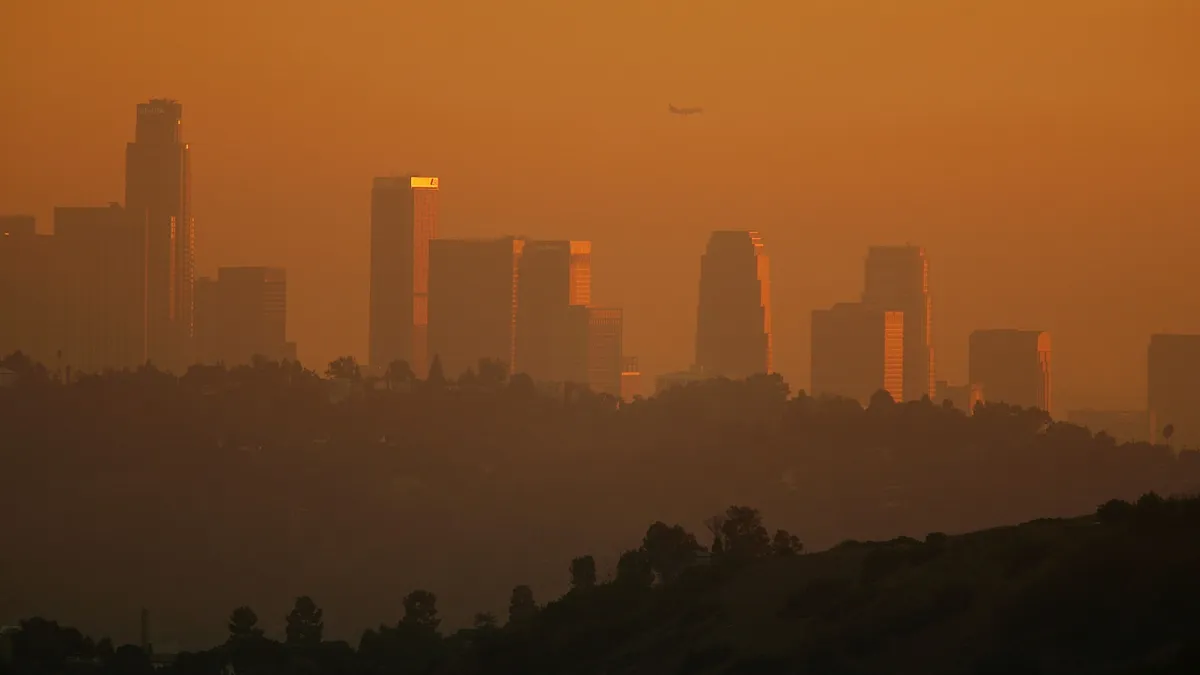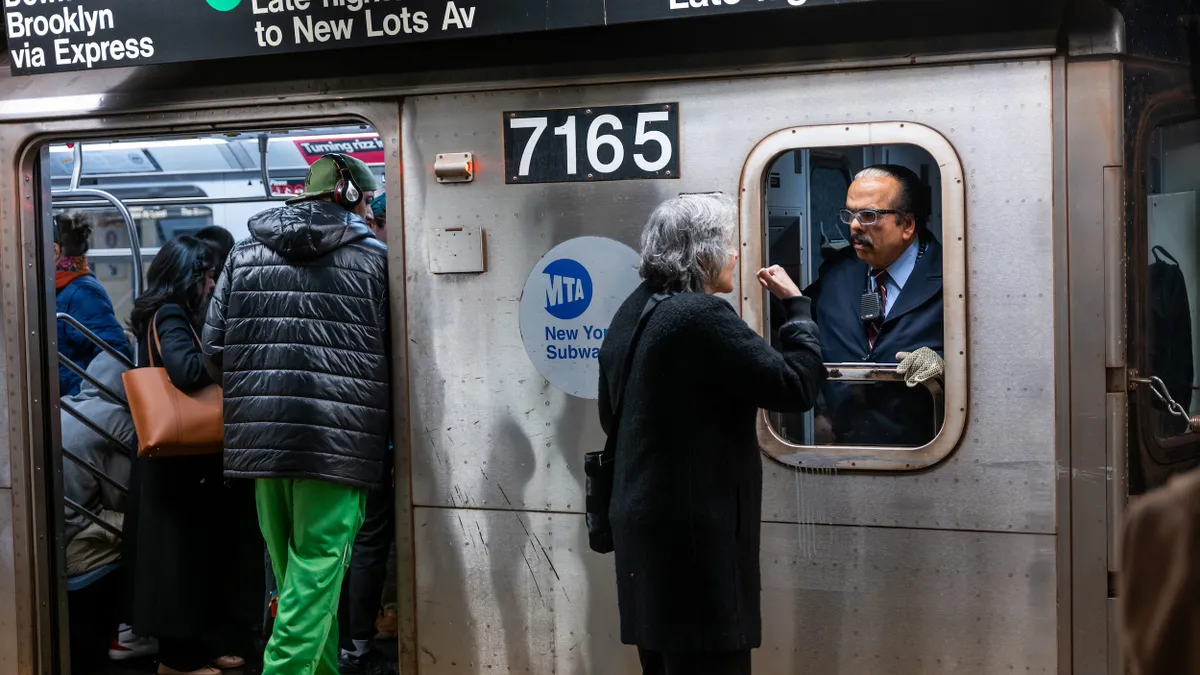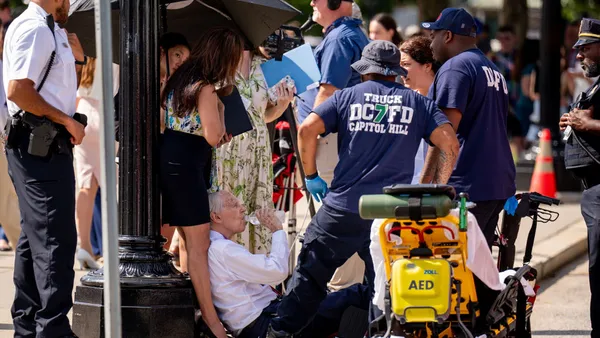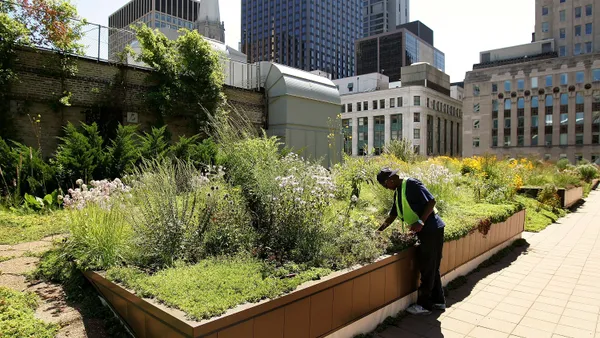Dive Brief:
- The combined health effects of ozone pollution and extreme heat disproportionately hurt poorer areas, according to a new study analyzing hospitalizations by ZIP code in California.
- Wealthier ZIP codes and populations with better access to healthcare, lower stress levels and reduced car traffic faced were less vulnerable to negative impacts from heat and ozone, per research published this week in the Proceedings of the National Academy of Sciences (PNAS) journal.
- Researchers opted to look at statewide effects by ZIP code because studies typically cover a large region or individual cities, explained Kristen Hansen, co-author and biostatistics PhD student at the University of California, San Diego. The research team identified hotspots in the Central Valley and along the U.S.-Mexico border, outside of the urban ozone spots that typically get more attention.
Dive Insight:
Many studies have found that pollution and negative health effects driven by climate change adversely impact minority and low-income communities. Minorities "disproportionately and systemically" breathe more polluted air than White people in the U.S., an April study in the journal Science Advances found. Historically racist housing practices have also left minority urban residents with greater exposure to extreme heat, a 2020 study in the journal Climate said.
Last year's nationwide protests for racial justice also renewed attention on environmental justice and the unequal threat climate change poses to low-income and minority populations.
The California study did observe racial differences correlated with the health effects, but that those disparities were also driven by income. In other words, hypothetically eliminating income inequality among the populations would also eliminate the racial differences. That reflects some of the inherent advantages of wealthier neighborhoods, said Hansen.
"Wealthier places tend to have more green space and more tree cover. The buildings aren’t usually high rises, so they’re not trapping as much heat. People will commute by walking or biking, so there’s less car traffic in the air," Hansen said. "There are all sorts of factors that influence health and show how socioeconomic status has such a large impact."
Ozone, a toxic gas formed by the reaction of various emissions in sunlight, can exacerbate asthma and other respiratory conditions, leading to more hospitalizations. It is also more prevalent on hot days, when vulnerable populations already have heightened health risks. According to a 2020 report from the American Lung Association, more than 123.2 million people live in counties with unhealthy levels of ozone pollution, and cities in the West and Southwest have the worst pollution, with Los Angeles topping the list.
The study authors say the findings should motivate policymakers to prioritize resources in lower-income neighborhoods — including those in rural areas — and develop more fine-tuned warning systems that account for the combined impacts of heat and ozone.
In January, Los Angeles Mayor Eric Garcetti created the Climate Emergency Mobilization Office, which includes a focus on environmental justice and distributing the benefits of a clean energy transition to all communities. The Los Angeles County Center for Health Equity Action Plan has also pledged to reduce industrial emissions in minority neighborhoods.
Several California cities, including Sacramento, have directed electric vehicle deployment to disadvantaged neighborhoods in a bid to reduce pollution. In addition, the Biden administration has pledged to focus 40% of the benefits of its climate action plan to disadvantaged communities and is reviewing recommendations from its environmental justice advisory council.
"We need to be giving assistance to greater numbers of regions across any state, instead of just looking at population centers," said Hansen. "If you concentrate your resources in one place, you won’t help the vast majority of the population, especially those who are most vulnerable."











